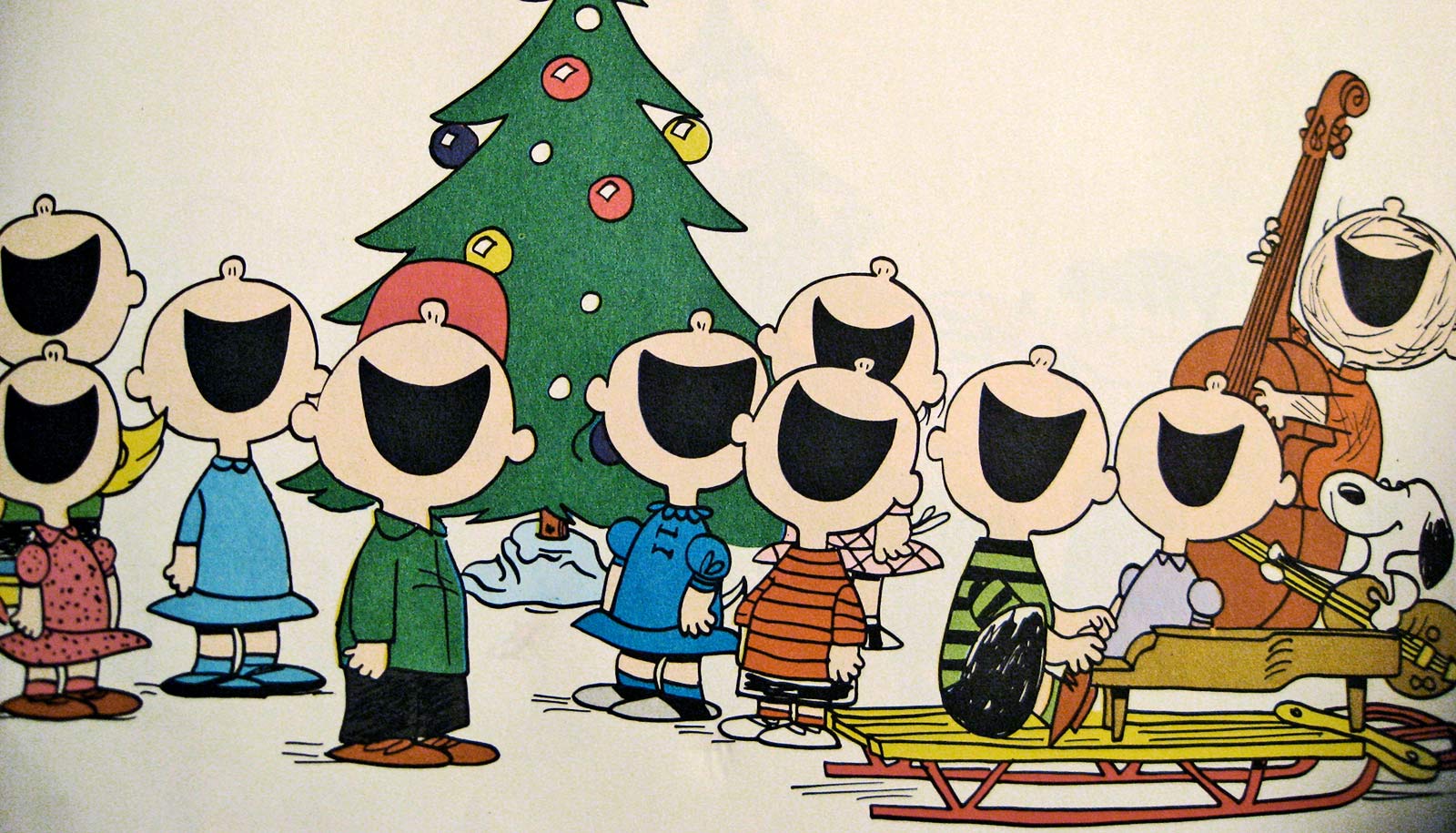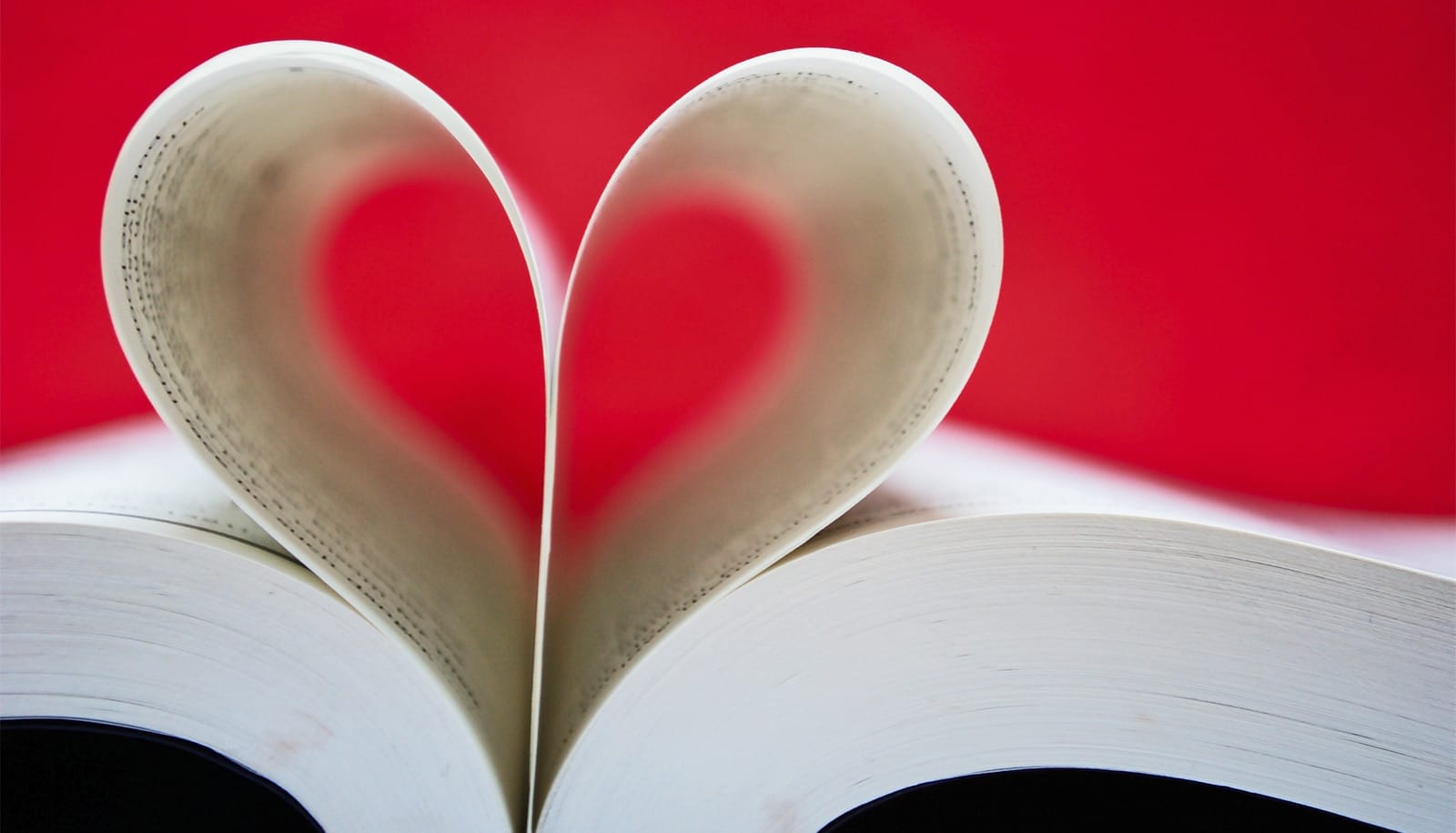Love it or hate it, there’s no escaping it: From Thanksgiving to Christmas, the songs of the season are everywhere. Coffee shops, grocery stores, and entire radio stations dedicated to holiday songs make it seem like sleigh bells are endlessly ringing.
Music has long been part of the cultural phenomenon of Christmas, says Matthew Mugmon, assistant professor of music at the University of Arizona’s Fred Fox School of Music.
Christmas by no means has a monopoly on celebratory music, Mugmon points out. It’s also important part of the Hindu festival of Vasant Panchami, the Chinese New Year, and Hanukkah. But Christmas, and the winter season around it, may get the most musical attention.
Hear the birds from the ’12 Days of Christmas’
“In terms of sheer volume, perhaps there’s no holiday worldwide with more music than Christmas, which owes something to the cultural and commercial machinery behind the holiday,” Mugmon says.
Here, Mugmon talks about the origins and enduring appeal of Christmas music—and why it’s rare for new original Christmas songs to ever make it big.
When were the most recognizable Christmas carols written?
A carol is a festive religious song, and the genre has strong English roots, though the songs themselves have varied origins. Some have been around for centuries, and the English texts for many appeared in the Victorian era, when the modern Christmas tradition really picked up steam.
“Deck the Halls” was an old Welsh tune, and Thomas Oliphant, who was Scottish, added the words we know in the mid-19th century.
Around the same time, John Henry Hopkins Jr., from Pennsylvania, wrote the words and music for “We Three Kings.” Adolphe Adam, a French composer of the early 19th century who specialized in opera, wrote the music of “O Holy Night” in 1847, a setting of a French poem called “Midnight, Christians.” Not long after, John Sullivan Dwight, an American minister and music critic, published a loose English translation.
Skip ahead a hundred years and we get to the modern pop Christmas “classics.” “Rudolph the Red-Nosed Reindeer,” “White Christmas,” “Baby, It’s Cold Outside” and the other songs that always turn up on radio stations this time of year come mostly from the 1940s and 1950s.
In his fascinating book A Candid History of Christmas, Bruce David Forbes tells of how it was also around that time that Haddon Sundblom’s iconic Coca-Cola advertisement paintings of Santa Claus became known across America, and also that the character Rudolph the Red-Nosed Reindeer was introduced for a Montgomery Ward ad campaign.
With the surge in mass media after World War II, we can see that the ingredients were there for an explosion of enduring Christmas songs during that time, too.
When modern artists produce Christmas albums, they often stick to old standards, or if they do produce an original song, it rarely seems to catch on in the same way. Why is that?
I suspect that it’s hard to undo that association between these songs from the 1940s and 1950s and the beginnings of modern American Christmas as a media phenomenon. And since celebrating Christmas has a lot to do with nostalgia, those who curate music in America today know that those images and sounds will continue to resonate.
Plus, it’s hard to break into or reshape a canon, especially one so centered on nostalgia as the Christmas canon. Sadly, that Christmas song you wrote and recorded today probably won’t make it big, as good as that song might be.
To offer an analogy, the origins and growth of the symphony orchestra are closely bound up with the music of Mozart, Beethoven, and Brahms, all composers who died before the 20th century started. Orchestras rarely play recent music; they focus on the music of those older composers.
The same kind of thing is going on with Christmas music, but instead of Mozart, Beethoven, and Brahms, we’re talking about Gene Autry, Chuck Berry, and Brenda Lee. Every once in a while, a song does break through and stay there, like the Mariah Carey hit “All I Want for Christmas Is You” from 1994. But don’t count on it happening very often.
A recent Nielsen study showed that millennials are the biggest fans of Christmas music. Why do you think that might be?
It doesn’t surprise me that so-called millennials make up a large portion of American consumers of Christmas music, and I wouldn’t read too much into a statistic like that.
It’s tempting to resort to tired tropes about millennials, like their acute sense of nostalgia. But isn’t everyone nostalgic? Perhaps it’s that many millennials are now parents of small—or not so small—children, so Christmas music allows them to expose their kids to the music they themselves grew up hearing, or it helps them develop in their kids a sense of a shared tradition.
But I would also guess that today’s 18-to-37-or-so set makes up a significant portion of music consumers in general, and that they are taking in Christmas music at a pretty high rate without necessarily trying to.
Some people can’t get enough of Christmas music, while it grates on others’ nerves. Any thoughts on why?
There’s no accounting for taste! But maybe you can get saturated with Christmas music too early, and perhaps some people have heard so much of it over the years—and the playlist is so limited—that they just can’t stand it. I don’t think there’s anything about the music itself that drives some toward it and drives others crazy, since popular Christmas music spans many styles.
For my part, I’m usually pretty eager to fire up the holiday radio station as soon as possible after Thanksgiving. But by the second week of December, sadly, I’m just about ready to shut it all down. Moderation is key.
Source: University of Arizona



